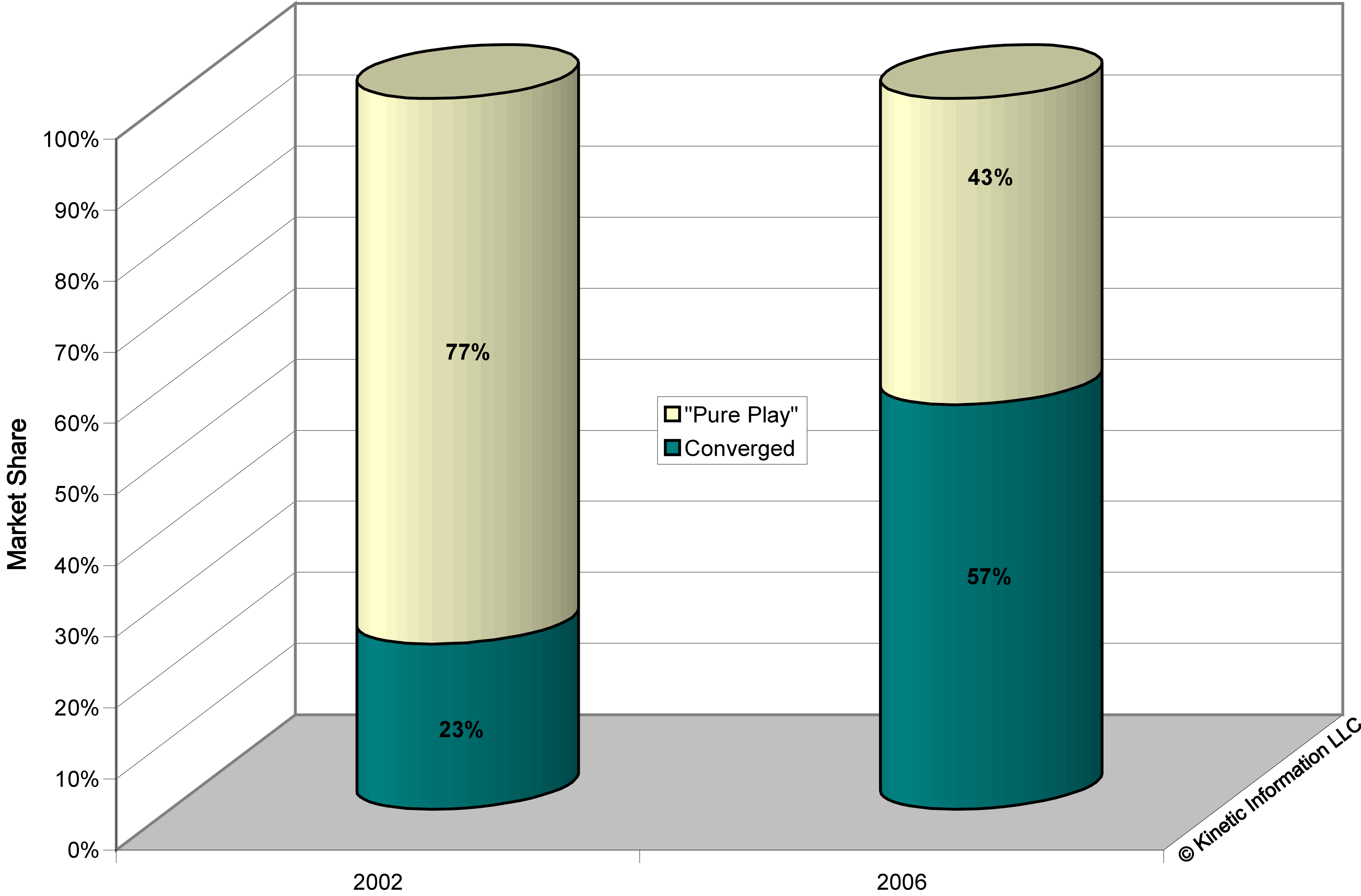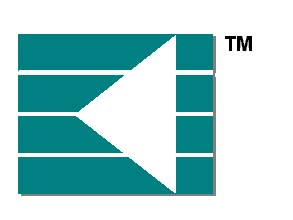Model for Application Development
Sea Change Expected in Market Dynamics as Converged
Solutions,
Vendor Consolidation & Market Stratification Ensue
Kinetic Informations ongoing investigation of the business dynamics surrounding technology adoption has made it clear that productivity in application development terms has taken on a new meaning and is causing a sea change in the way IT products and services will be bought and thereby sold.
Intensifying economic imperatives to work smarter and less expensively are leading many customers to realize that the keys to the kingdom lie in enabling enterprise interoperability (EIO): allowing their technology systems to work together and their business processes thereby to flow smoothly. This being the case, enhanced speeds and feeds no longer will be enough to assure vendor success, even in those markets (e.g., for imaging, processing, communications, etc.) where these sorts of performance metrics have always been paramount. Instead, success will turn on the ability of any one technology to work with any and all the others that it may rub up against, and to address the overall business context in which it is to be deployed.
Technology Trend
Going forward, application development therefore will be characterized
by the mixing and matching of several essential functional components:
- Application servers
- Web services
- Workflow
- BPM/BAM
Customer Impetus
Current fiscal pressures are causing customer organizations to take
a hard look at the way they do business and how they can better utilize
technology to drive costs out of our business and do more with less.
Their next step will be to take this operational intelligence and marry
it to their IT planning so they can (a) leverage and extend their existing
infrastructures and (b) identify which vendors can best address their particular
needs. The result of this process-steeped introspection will be:
- a significant and permanent shift towards acquiring converged solutions rather than pure play technologies (see figure),
- a tangible turn toward hub-based architectures for enterprise computing and communications, and
- the emergence of wireless technology as a mainstream infrastructure component
To maximize their ability to solve a wide range of customer problems, most vendors will need to offer a broader array of capabilities than they do now. Recognizing this, many already are carefully considering whether to develop these additional capabilities themselves, or access them from elsewhere. The result of this make/buy cogitation will be:
- a distinct uptick in the number of meaningful partnerships that are forged,
- a flurry of merger and acquisition activity that will shake many smaller firms out of the mix,
- a renewed emphasis on brand recognition and customer value as vendors endeavor to achieve and maintain their competitive advantage, and
- an intensified market stratification along vertical market, company size, and organizational functional lines
"Converged" vs. "Pure Play" Solutions, 2002-2006

 Kinetic
Information Home
Kinetic
Information Home